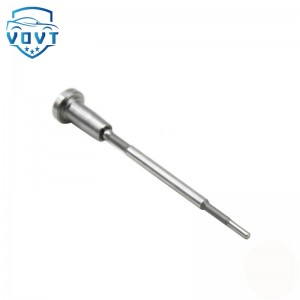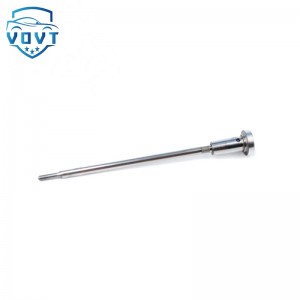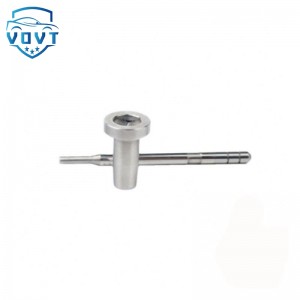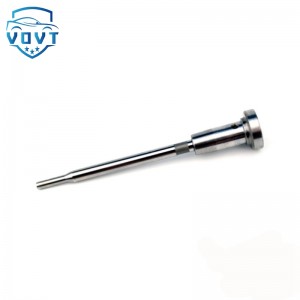Genuine Quality Common Rail Control Valve F00RJ01692 Valve Assembly for Bosch Diesel Engine Spare Parts
Products Description
| Reference Codes | F00RJ01692 |
| Application | / |
| MOQ | 6 PCS |
| Certification | ISO9001 |
| Place of Origin | China |
| Packaging | Neutral packing |
| Quality Control | 100% tested before shipment |
| Lead time | 7~15 working days |
| Payment | T/T, L/C, Paypal, Western Union, MoneyGram or as your requirement |
Diesel engine structure principle
A diesel engine is an internal combustion engine that generates power by burning diesel. It is widely used in various vehicles, ships, engineering machinery and other fields. The following is the structure and principle of a diesel engine:
Structure: A diesel engine is mainly composed of the following parts:
1. Engine body: It is the frame of the engine, supporting and installing other parts, including cylinder block, cylinder liner, cylinder head, cylinder gasket, oil pan, flywheel housing, timing gear housing, front and rear legs.
2. Crank-connecting rod mechanism: It is the main moving part of a diesel engine. It can convert the energy generated by fuel combustion into mechanical energy through pistons, piston pins, connecting rods, crankshafts, and flywheels, and then transmit it. Including crankshafts, connecting rods, pistons, piston pins, piston pin retaining rings, piston pin bushings, piston rings, main bearings, connecting rod bearings, thrust bearings, crankshaft front and rear oil seals, flywheels, shock absorbers, etc.
3. Valve mechanism: It is the timing opening and closing of the intake and exhaust valves. Including timing gears, camshafts, tappets, push rods, rocker arms, valves, valve springs, valve seat rings, valve guides, valve locks, intake and exhaust pipes, air filters, mufflers, superchargers, etc.
4. Fuel system: According to the needs of the diesel engine, diesel is supplied to the combustion chamber for combustion in a timely and quantitative manner. Including diesel tanks, oil pipelines, diesel filters, fuel injection pumps, fuel injectors, etc.
5. Lubrication system: Provide lubricating oil for all moving friction pairs, including oil pumps, oil filters, pressure regulating valves, pipelines, instruments, oil coolers, etc.
6. Cooling system: Used to dissipate the heat generated by the diesel engine into the atmosphere. Including water tanks, water pumps, fans, water pipes, thermostats, water filters, fan belts, water temperature gauges, etc.
7. Electrical appliances: Auxiliary equipment for starting, lighting, monitoring and operation. Including generators, starter motors, batteries, relays, switches, circuits, etc.
Principle: The working principle of a diesel engine can be summarized as follows:
1. Intake stroke: The piston moves from the top dead center to the bottom dead center, the intake valve opens, the exhaust valve closes, and fresh air is sucked into the cylinder.
2. Compression stroke: The piston moves from the bottom dead center to the top dead center, the intake valve and the exhaust valve are closed, the air is compressed, and the temperature and pressure increase.
3. Power stroke: At the end of the compression stroke, the injector sprays diesel into the cylinder, and the diesel mixes with the high-temperature and high-pressure air and spontaneously ignites to produce high-temperature and high-pressure gas, which pushes the piston downward, drives the crankshaft to rotate through the connecting rod, and outputs power to the outside.
4. Exhaust stroke: The piston moves from the bottom dead center to the top dead center, the exhaust valve opens, the intake valve closes, and the exhaust gas after combustion is discharged from the cylinder.























